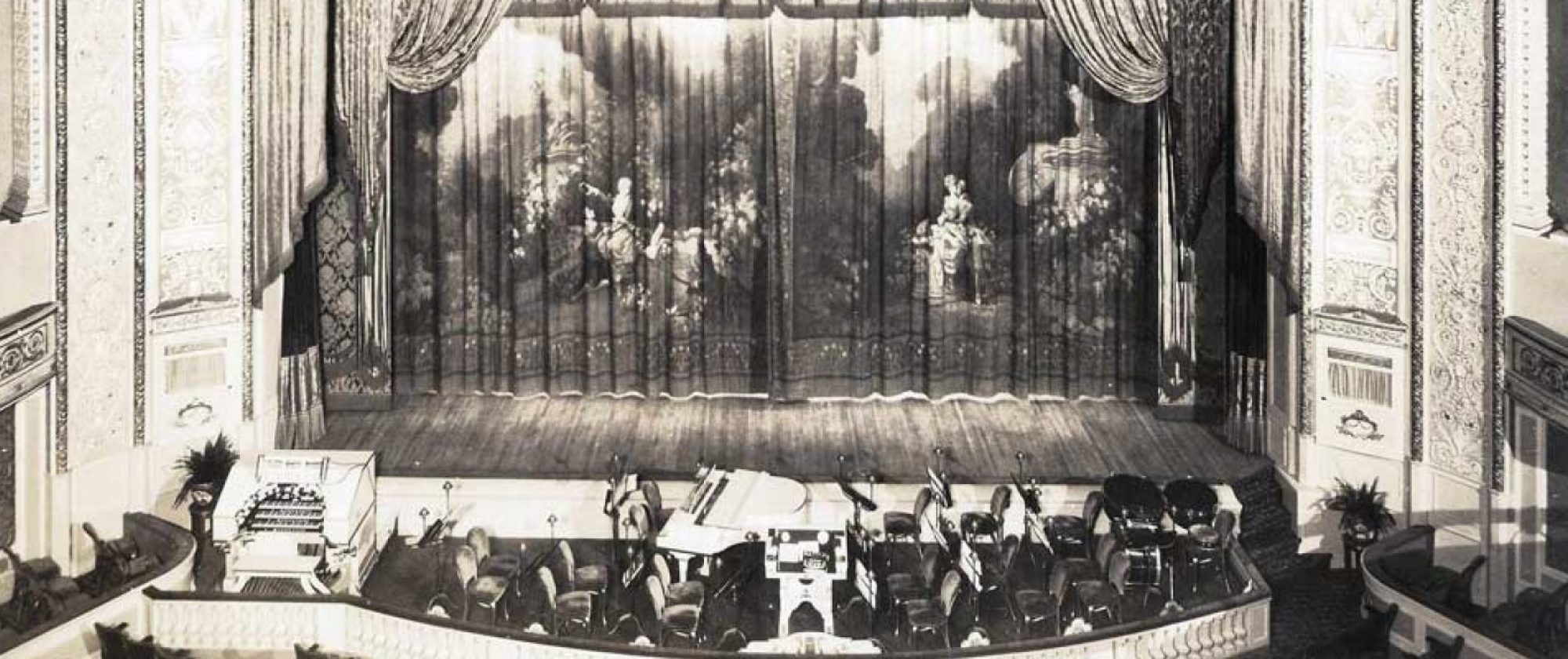Location:
Theater:
Date:
Type:
A blackface comedian, costumes.
Singing.
"Jingle Jangle," "Making Moves," "The Isle of Nowhere," and 'Sweeney's Speech."
Occasionally, through the automatic revolution of the Columbia circuit's mythical "wheel," one finds amid the endless procession of "almost musical comedies" a genuinely good old-fashioned burly-que show, constructed principally of the genuine old-fashioned burlesque ingredients and surrounded with the finery and scenic investiture to balance the franchise value. This, of course, is a rarity in these progressive days of reform, but the occasions are noteworthy, for the producer who can combine the current requirements with a modernized book that harks back to the halcyon days when burlesque was an art by itself should be singled out for proper praise. This may seem like a rather weighty tribute as an introductory paragraph for Frank Finney, but a review of the producer's list fails to unearth anyone who can repeat with the unceasing regularity that Finney has displayed in his burlesque career. And Finney is giving full value in every sense of the phrase. The show, under the direction of Charles Waldron, is given in a series of condensed burlesques, Finney having gauged the actual value of his material and retained for production the meritorious portion, yet combining the various themes into complete and separate "booklets" with wonderful results. The first is of the farce brand and labelled "Jingle Jangle," wherein Finney as a depot porter (blackface) guides the "bits" along to a series of laughable complications, ably supported by the several other principals, the most prominent of which are Kitty Mitchell and Florence Mills. The customary song numbers are cleverly interpolated into the action, but the comedy stands out and registers an individual wallop. "Making Moves" is the title of a short semi-pantomimic skit, given before the apron in "two," wherein Walter Johnson, as the director, assumed a position in the auditorium to direct a routine of pantomime in which Finney, Charles Jansen, J.P. Griffith and Kitty Mitchell participate. It was slightly rough in spots, but never offensive and withal was quite the best bit of comedy shown in real burlesque style in this section in some time. The closing part of the first section was devoted to the time worn but welcome "Sweeney's Speech," in which Finney's familiar Celtic characterization had full sway. The closing act, called "The Isle of Nowhere," was shrouded in Oriental garb and while reminiscent of an ancient afterpiece, developed into a corking good condensed comedy as produced by Finney. Every individual opportunity for comedy was grasped throughout the performance and Finney has incorporated sufficient material of his own to furnish the average burlesque with a new comedy mantle. Kitty Mitchell, soubret, looks new to burlesque, at least to the big wheel. She works in a rather noisy fashion, but gets results, particularly when leading light numbers. Florence Mills is attractive but shy on vocal ability, but the singing is well handled by her associates. Jansen is the typical burlesque Hebrew comic, conventional in every respect without deviating a single space from the lines adopted by the stage sponsor for the character he impersonates. Shaw and Lee, vaudeville steppers, scored with their specialty, rather a good dancing affair and well executed J.P. Griffith has a splendid voice and cornered the musical hit of the performance with a very appropriate number. Mr. Waldron has provided Finney with a splendid production in every way, the wardrobe being especially well selected. The girls are nimble, good looking and generally lively, all working toward the central good of the show. For burlesque Messrs. Waldron and Finney are providing a great show and one that will not only do business but increase the standing popularity of Finney who is undoubtedly one of the profession's greatest assets.
Source:
Variety, 41:5 (12/31/1915)
